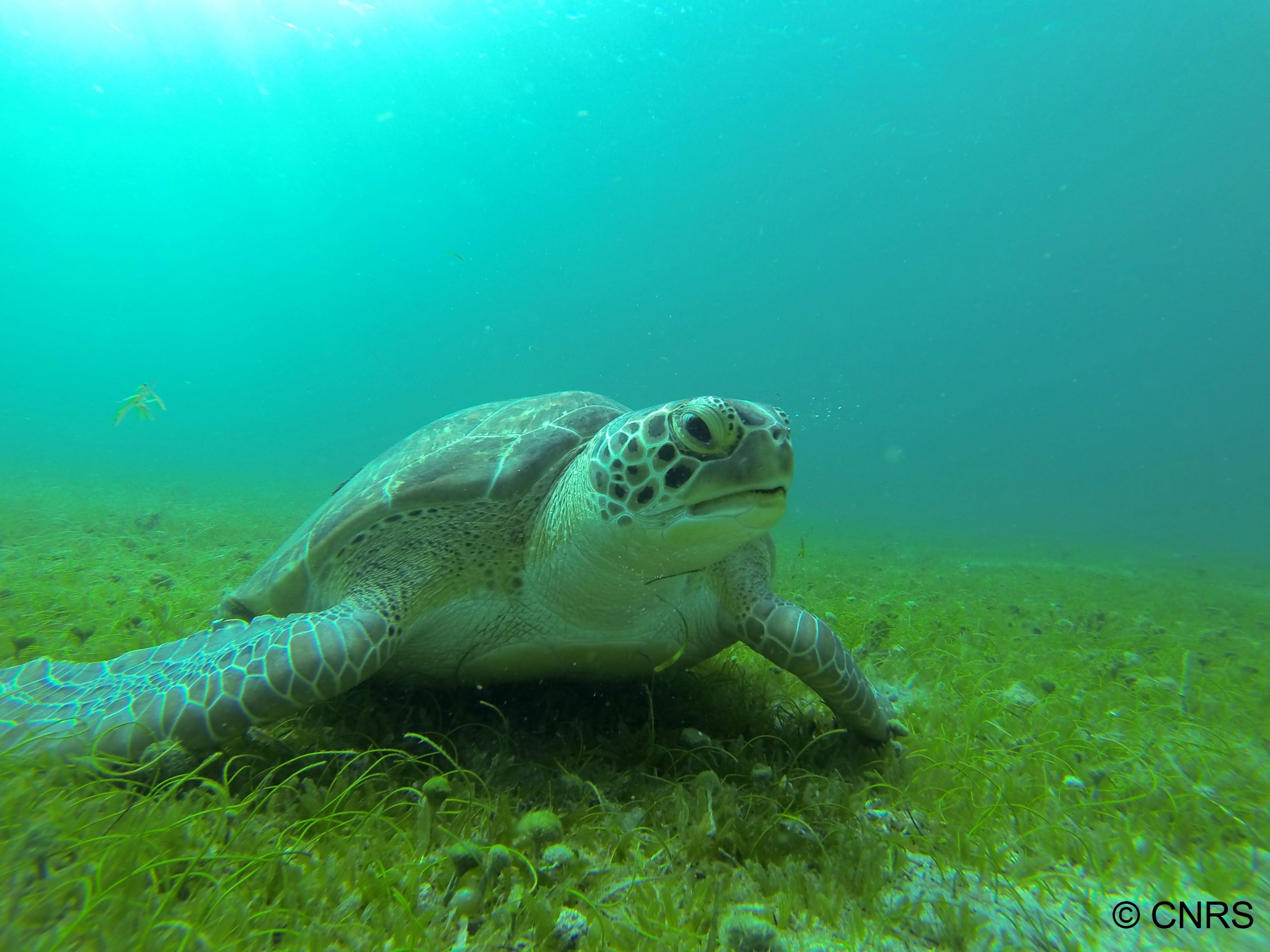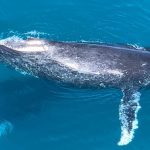← Back
Combining Argos and genetics to reveal connecting paths between juvenile and adult habitats in the Atlantic green turtle

At the European User Conference on Argos Wildlife, Philippine Chambault of IFREMER presents this fascinating project of the French Research agency IPHC-CNRS. Although it is commonly assumed that female sea turtles always return to the beach they hatched, the pathways they use during the years preceding their first reproduction and their natal origins are most often unknown, as it is the case for juvenile green turtles found in Martinique waters in the Caribbean. We performed Mixed Stock Analysis (MSA) on 118 green turtles sampled in Martinique Island and satellite tracked 32 juvenile green turtles tagged in Martinique to (1) assess their natal origin and (2) identify their destination.

Philippine Chambault, IFREMER/IPHC-CNRS
Our results from MSA confirm that these juveniles are descendant from females laying on several Caribbean and Atlantic beaches, mostly from Suriname and French Guiana, but also from more Southern Brazilian beaches. These results were confirmed by the tracking data as the 10 turtles leaving Martinique headed across the Caribbean-Atlantic region in six different directions and 50% of these turtles reached the Brazilian foraging grounds used by the adult green turtles coming from French Guiana. One turtle left the French Guianan coast to perform the first transatlantic migration ever recorded in juvenile green turtles, swimming towards Guinea-Bissau, which is the most important nesting site for green turtles along the African coast. The extensive movements of the migrant turtles evidenced the crossing of international waters and more than 25 exclusive economic zones, reinforcing the need for an international cooperative network to ensure the conservation of future breeders in this endangered species. This raises the migration of juveniles from French Guiana and Suriname before arriving to Martinique, and the potential for either passive or active migration from nesting beaches to feeding grounds.

